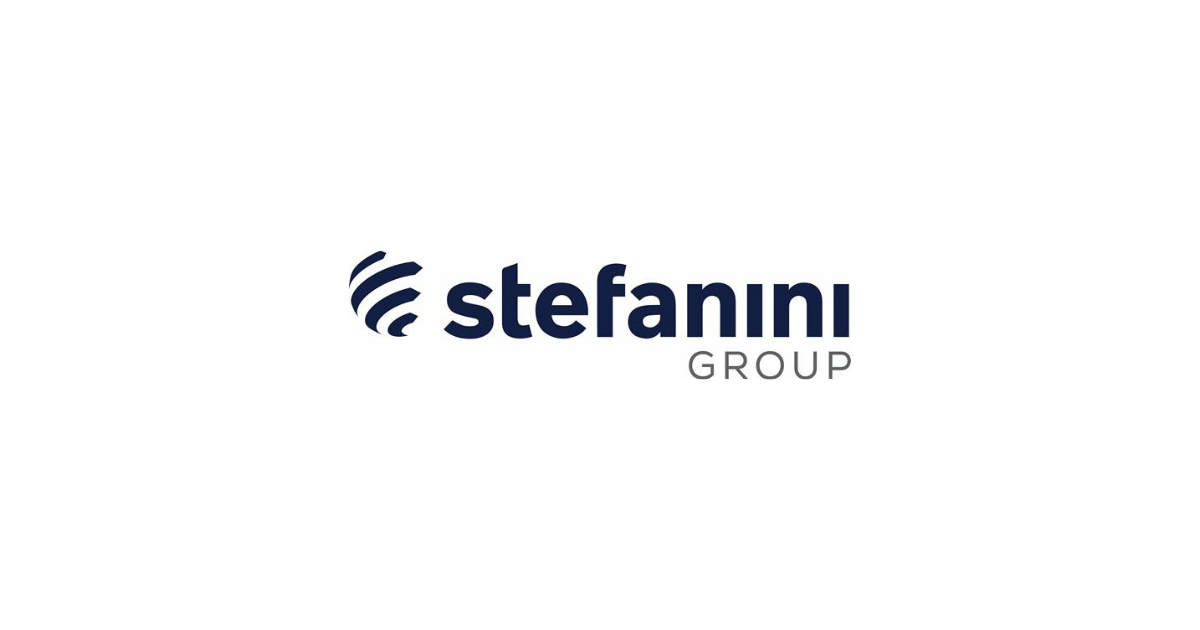Stefanini Group Revamps Leadership to Focus on AI-First Strategy

Stefanini Group has reorganized its global leadership and brand portfolio to emphasize an AI-first approach, announced in a press release. The company has structured its operations into seven business units, including Technology, Cybersecurity, and Data & Analytics, to streamline services and enhance client engagement.
The reorganization includes a new marketing structure led by Guilherme Stefanini, the global chief marketing officer, with over 100 employees. This move aims to integrate new brands and ensure synergy across the portfolio, following more than 40 mergers and acquisitions. Rafael Macedo has been appointed as the global vice president of marketing operations to guide this transition.
Additionally, Stefanini has established a Global Brand Management unit to boost its recognition as a premium brand. This unit is led by Bibiana Lopez, who brings 25 years of experience from Samsung and marketing agencies. The company plans to invest over $350 million in mergers, acquisitions, and artificial intelligence by 2027, building on its 2024 global revenue of $1.4 billion.
We hope you enjoyed this article.
Consider subscribing to one of our newsletters like Enterprise AI Brief or Daily AI Brief.
Also, consider following us on social media:
More from: Enterprise
Subscribe to Enterprise AI Brief
Weekly report on AI business applications, enterprise software releases, automation tools, and industry implementations.
Industry analysis
2025 Global Business Services Agenda: Gen AI Takes Center Stage
This industry analysis by The Hackett Group explores the transformative impact of generative artificial intelligence (Gen AI) on global business services (GBS) in 2025. The study highlights the shift from exploration to acceleration of Gen AI initiatives, with 89% of executives advancing these projects to improve customer satisfaction, innovate products, and reduce costs. The report also discusses the challenges and strategies for successful Gen AI adoption, emphasizing the need for a technology-enabled operating model and the importance of reskilling the workforce.
Read more
